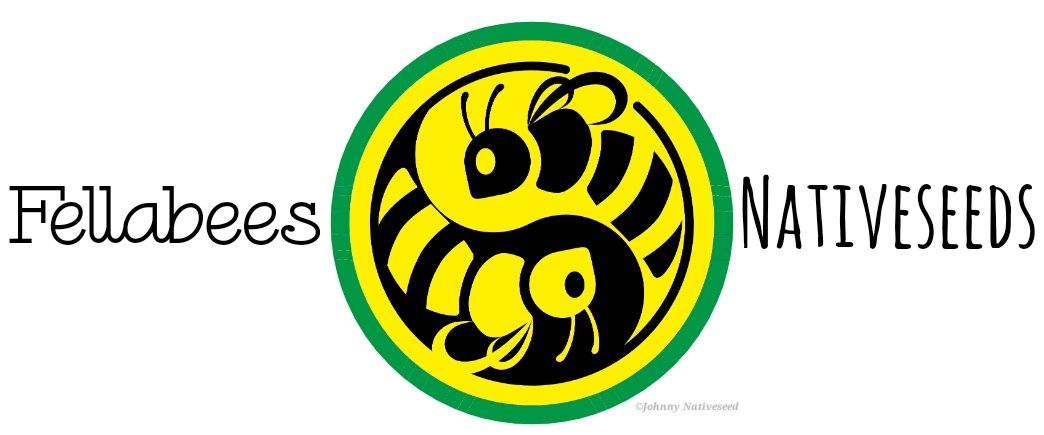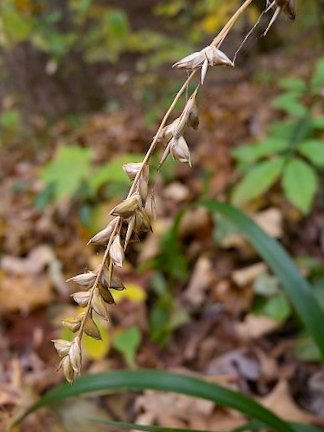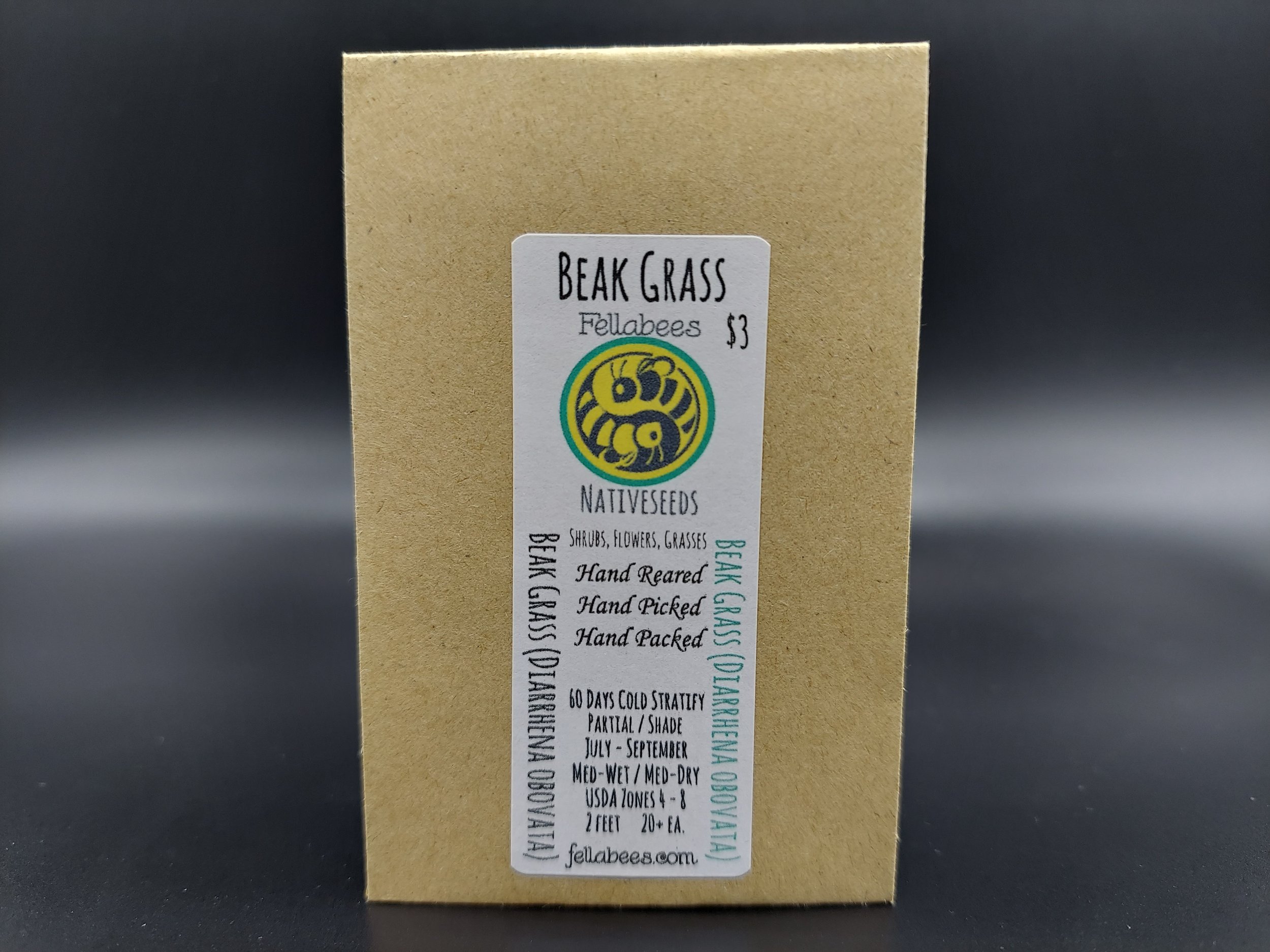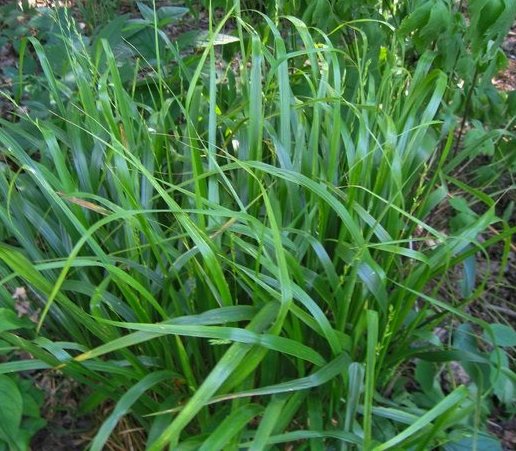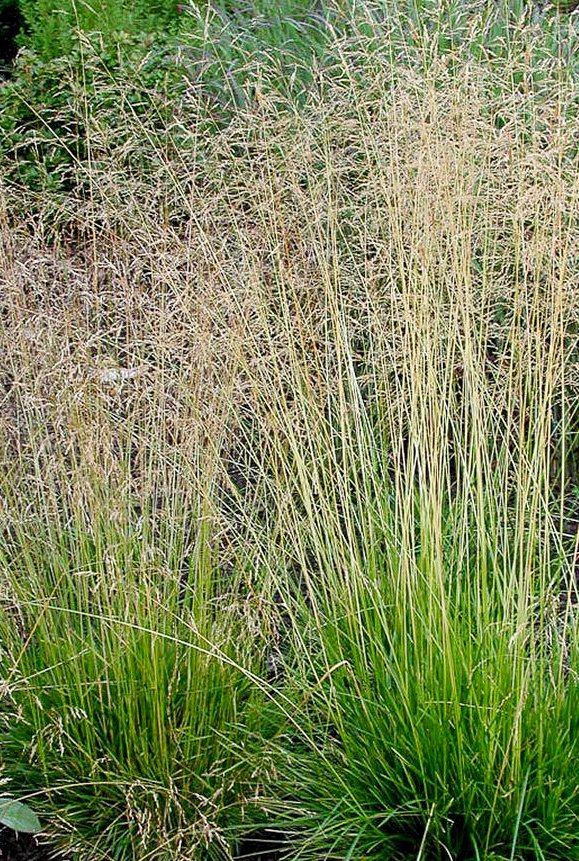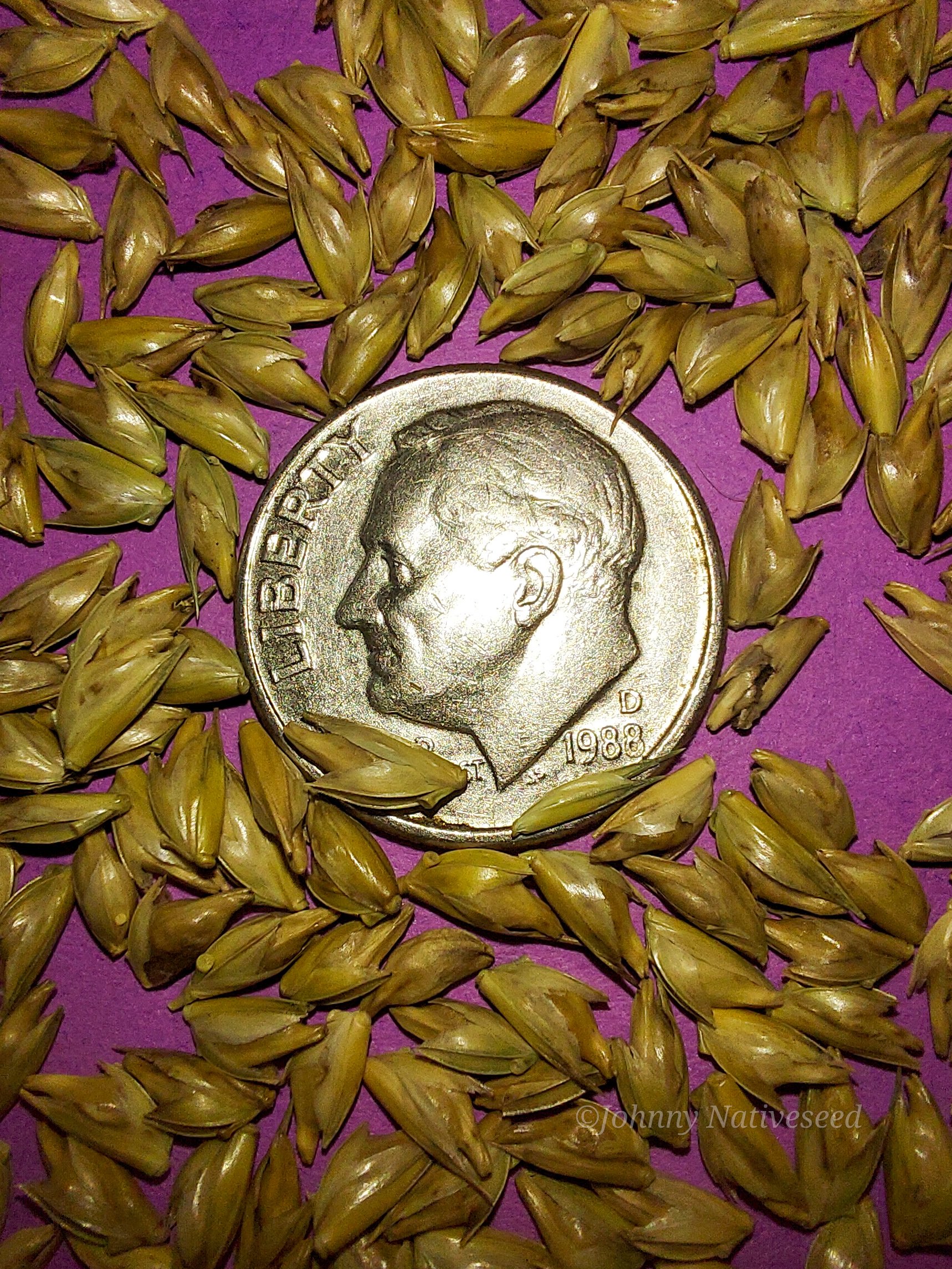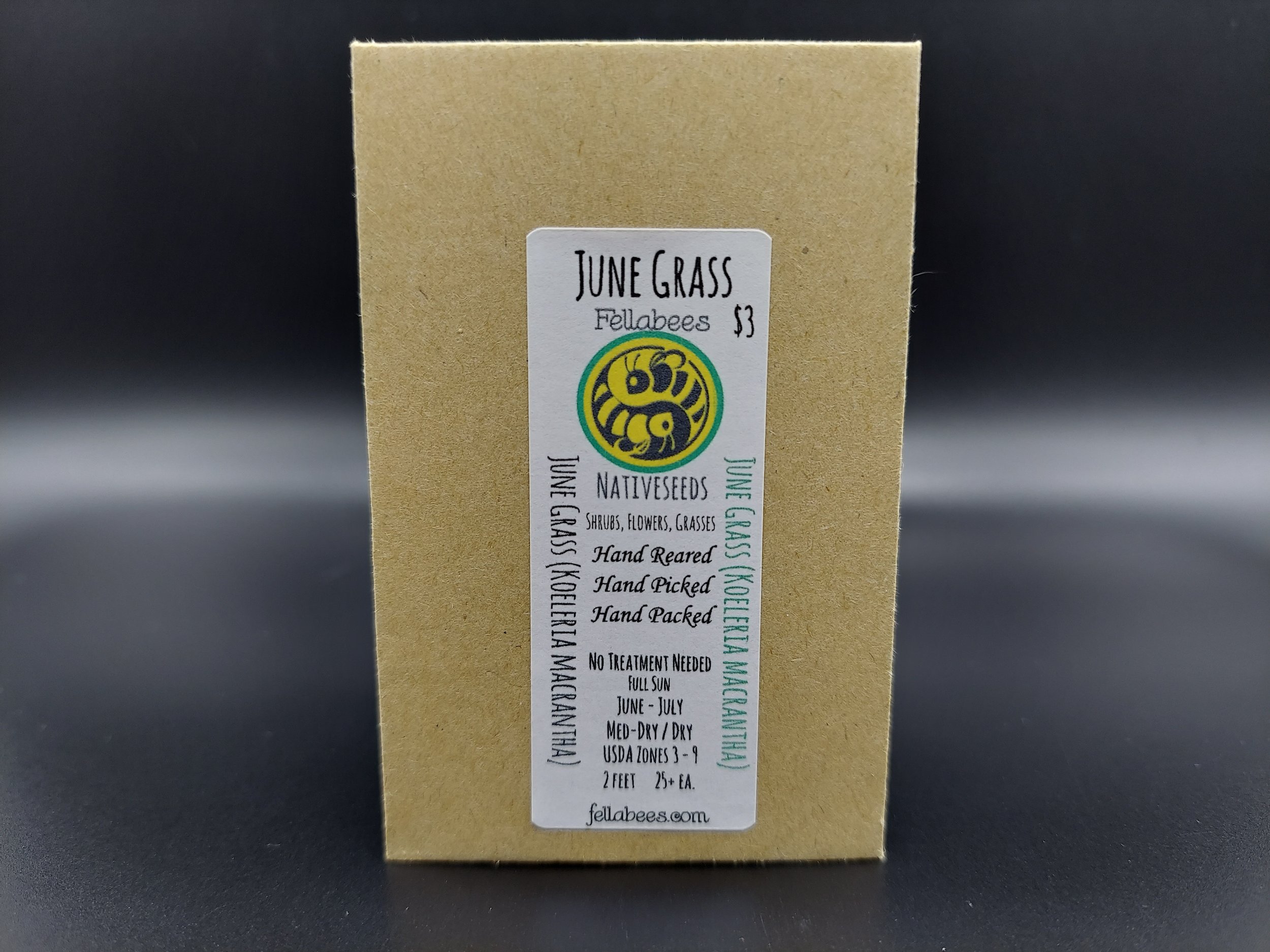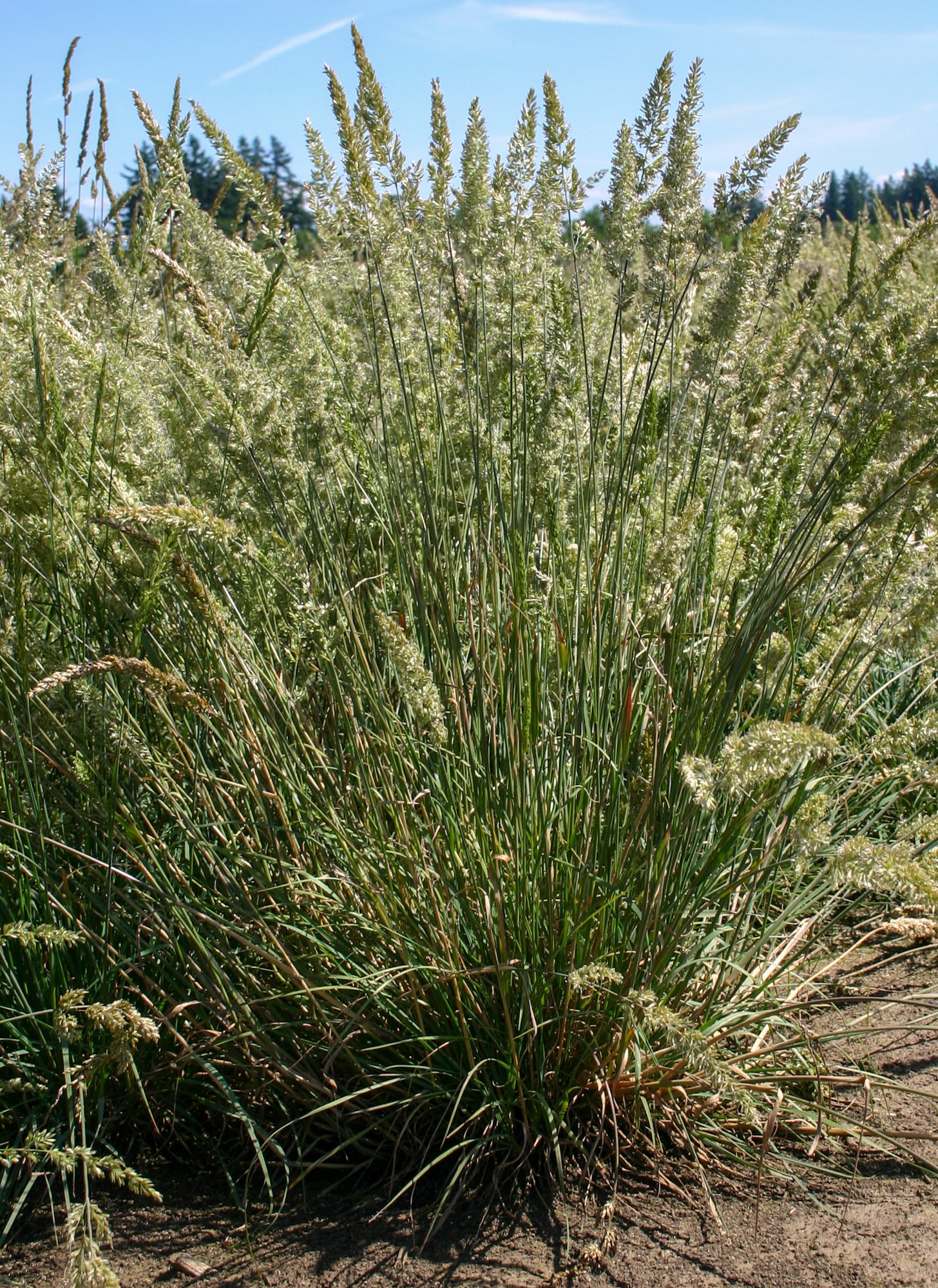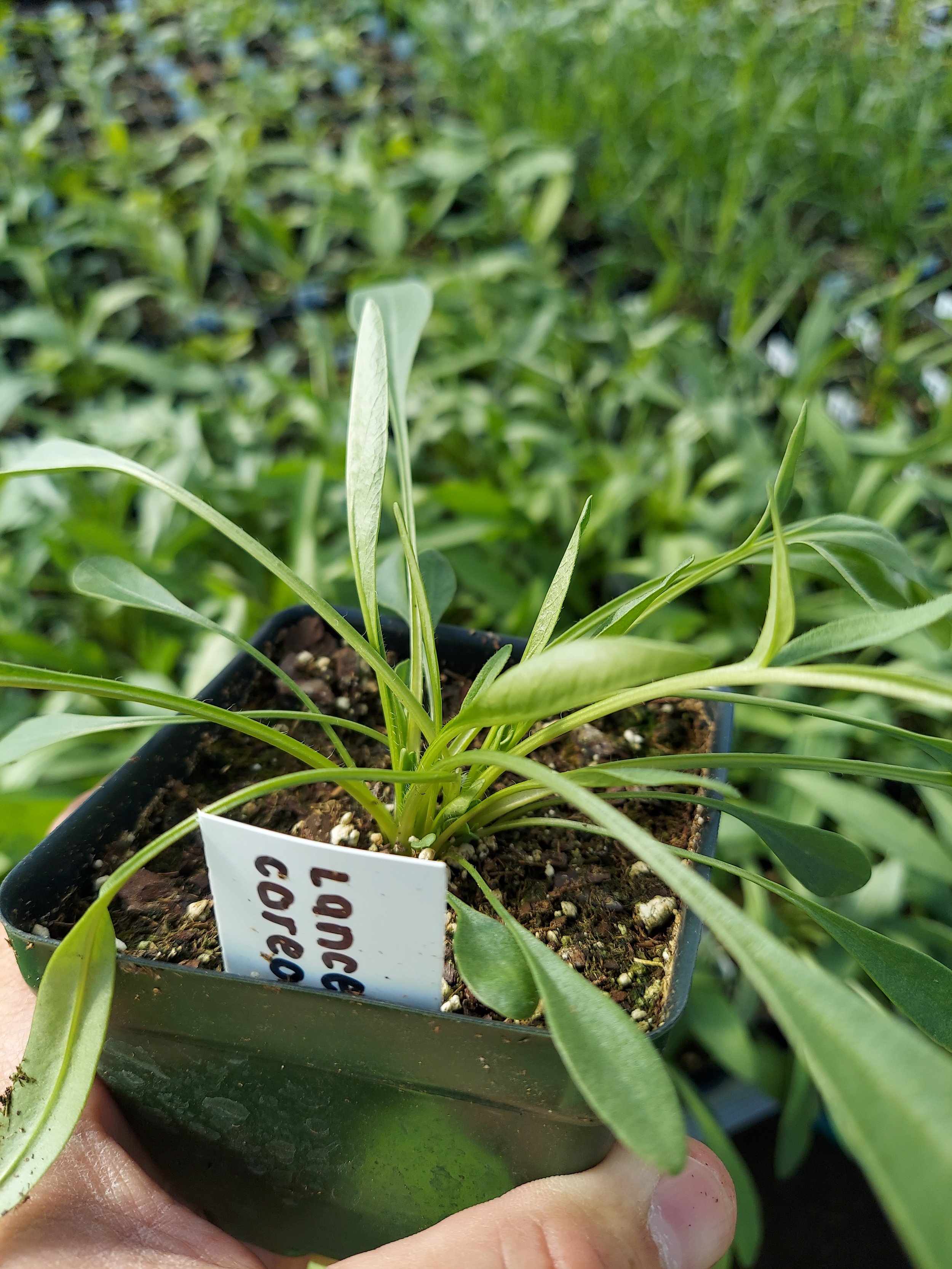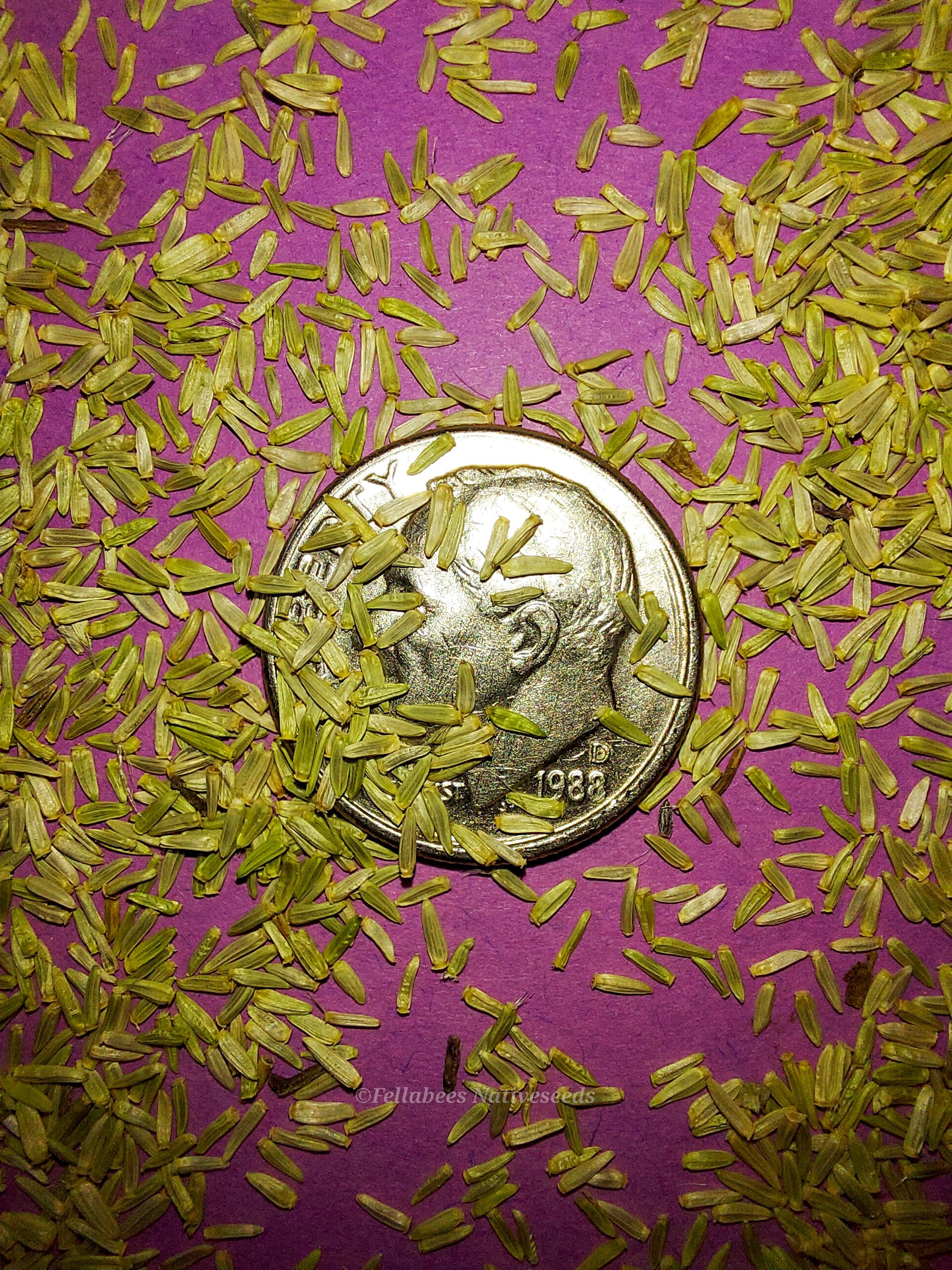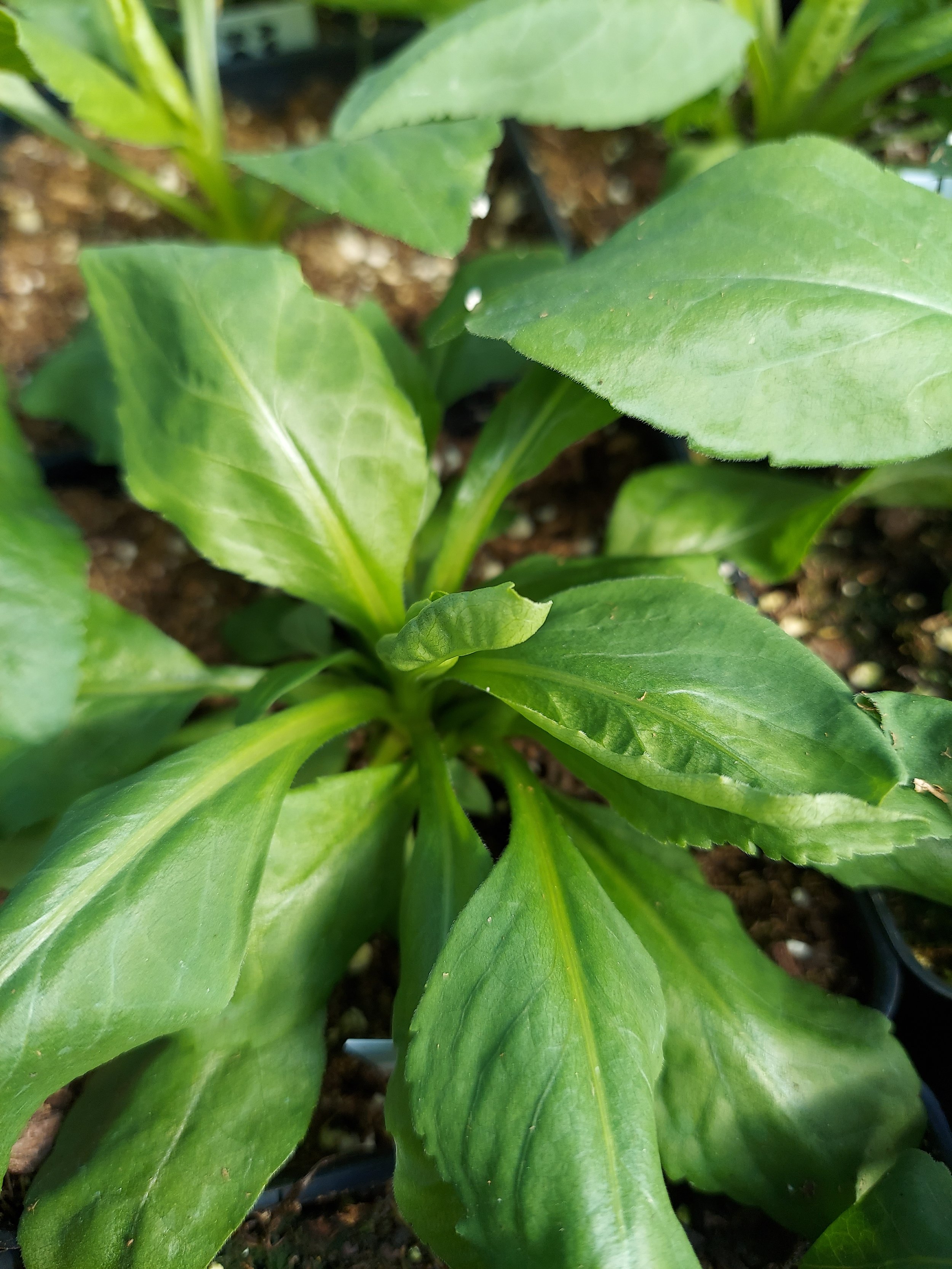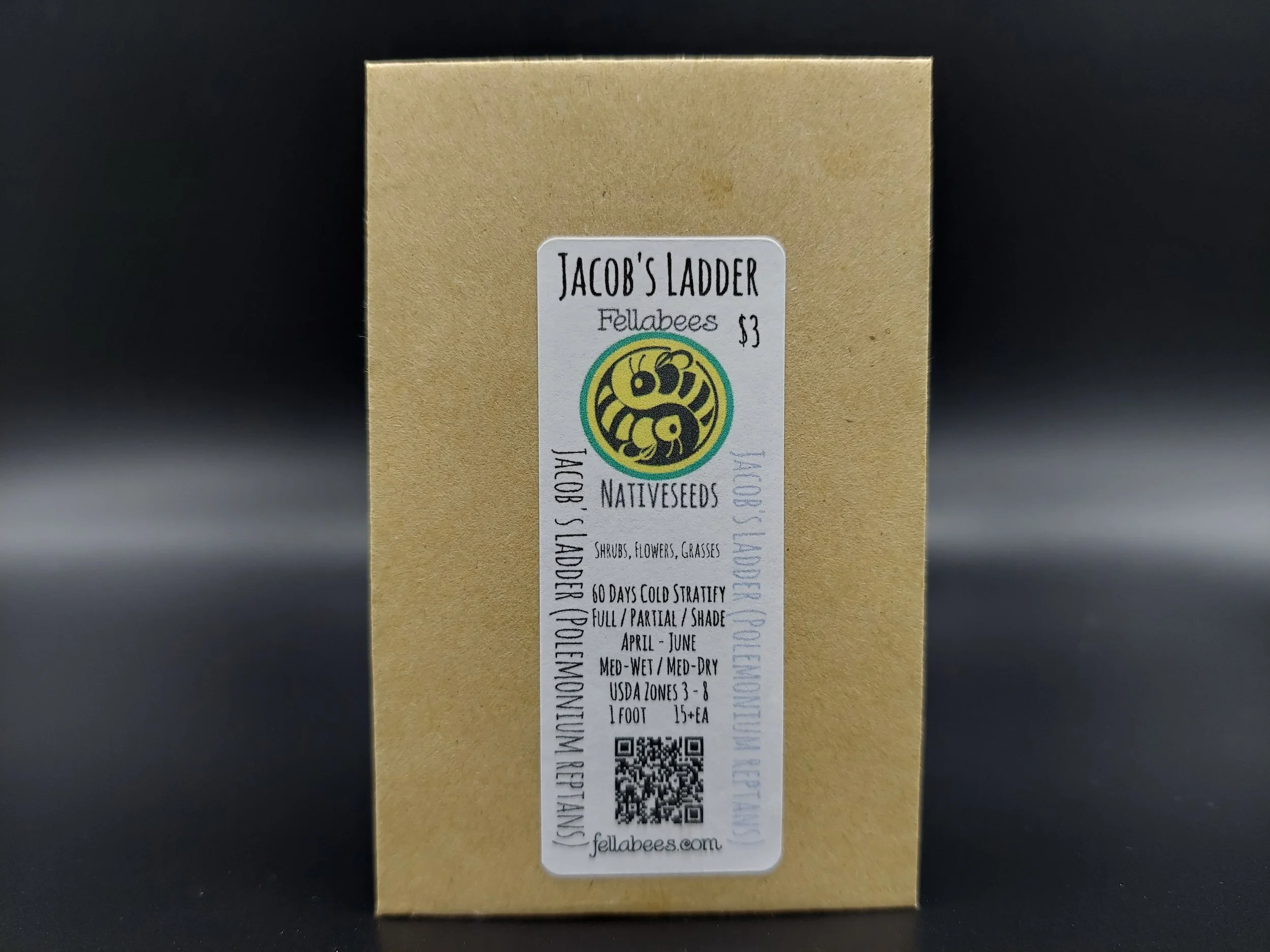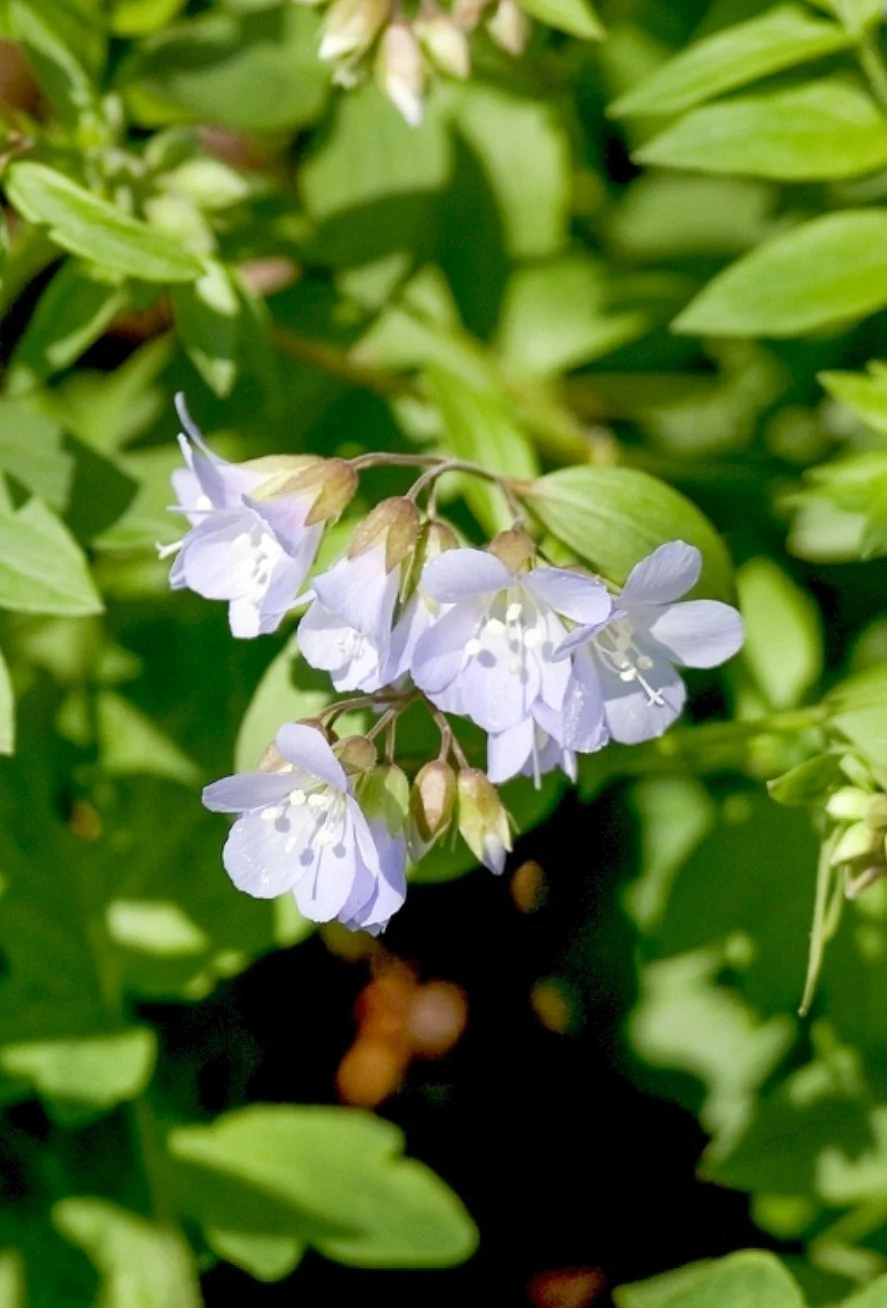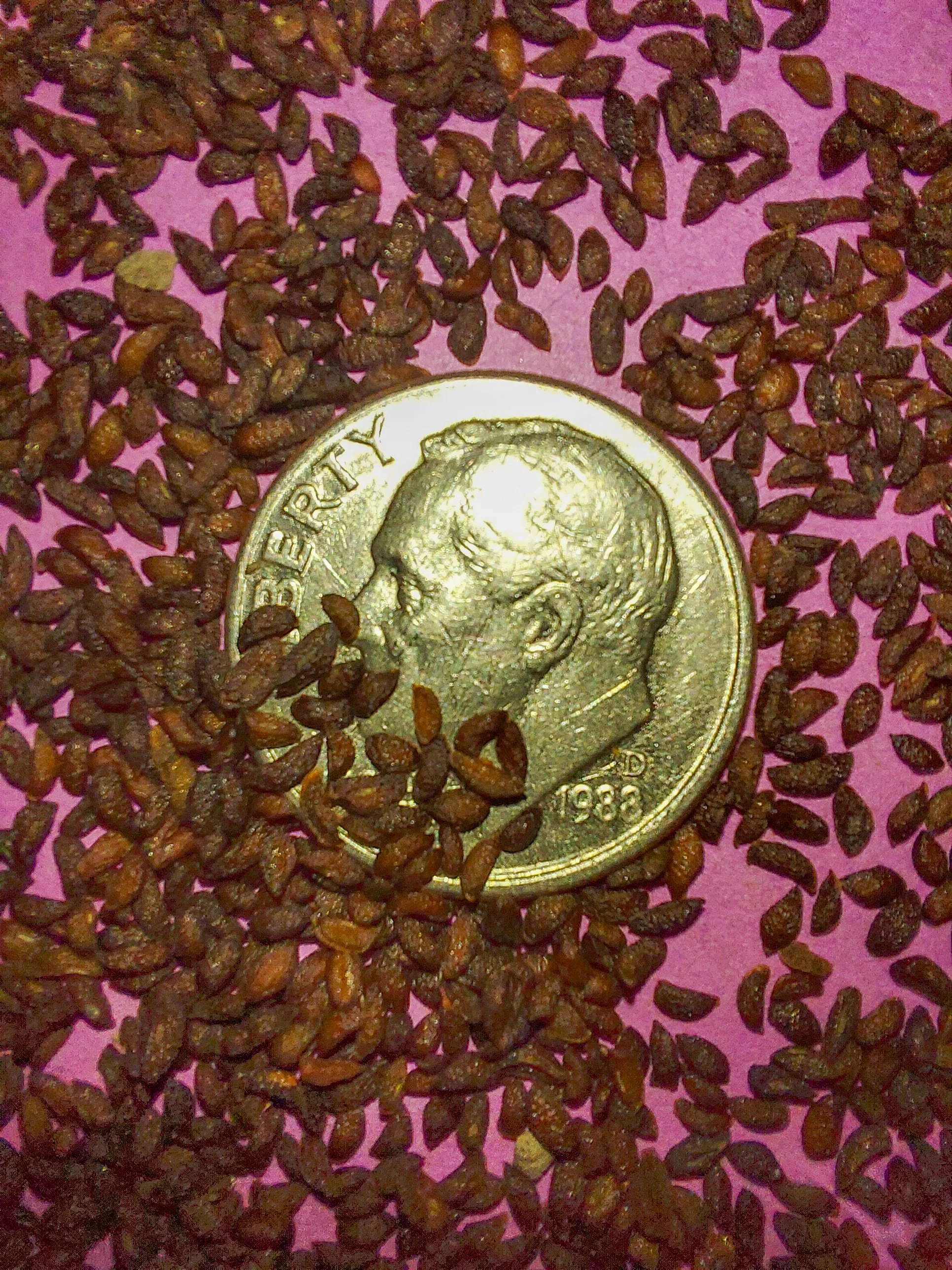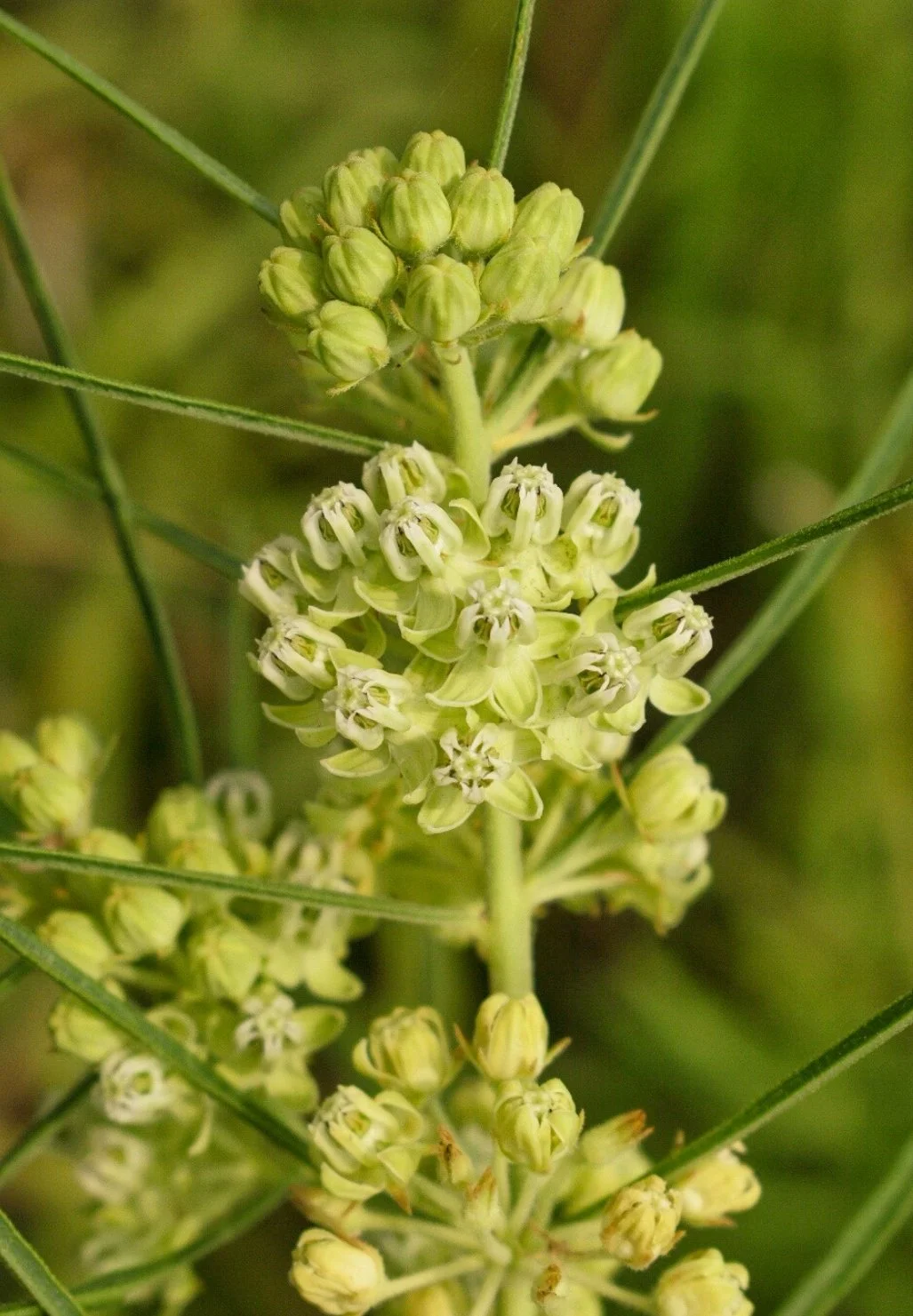 Image 1 of 6
Image 1 of 6

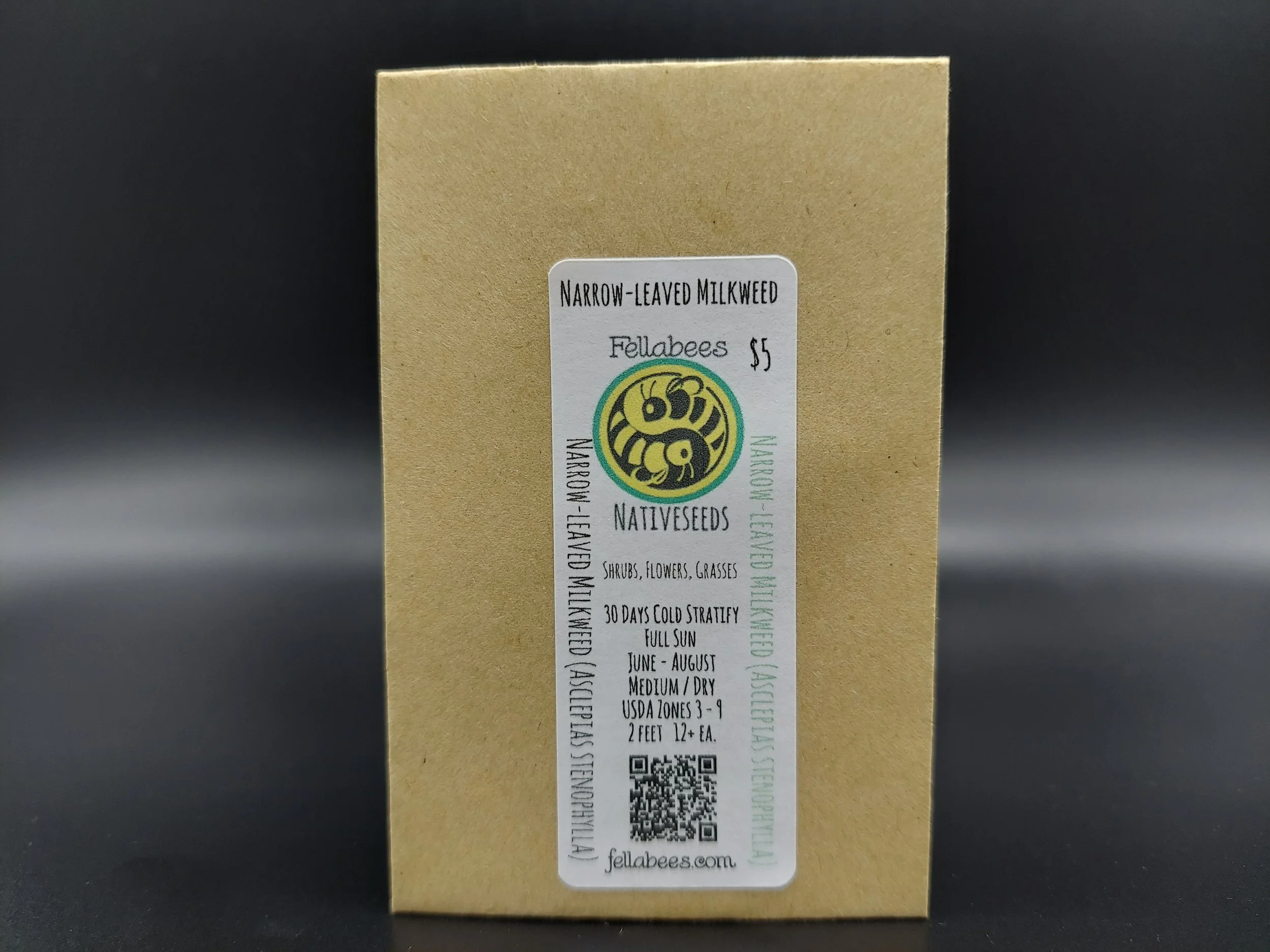 Image 2 of 6
Image 2 of 6

 Image 3 of 6
Image 3 of 6

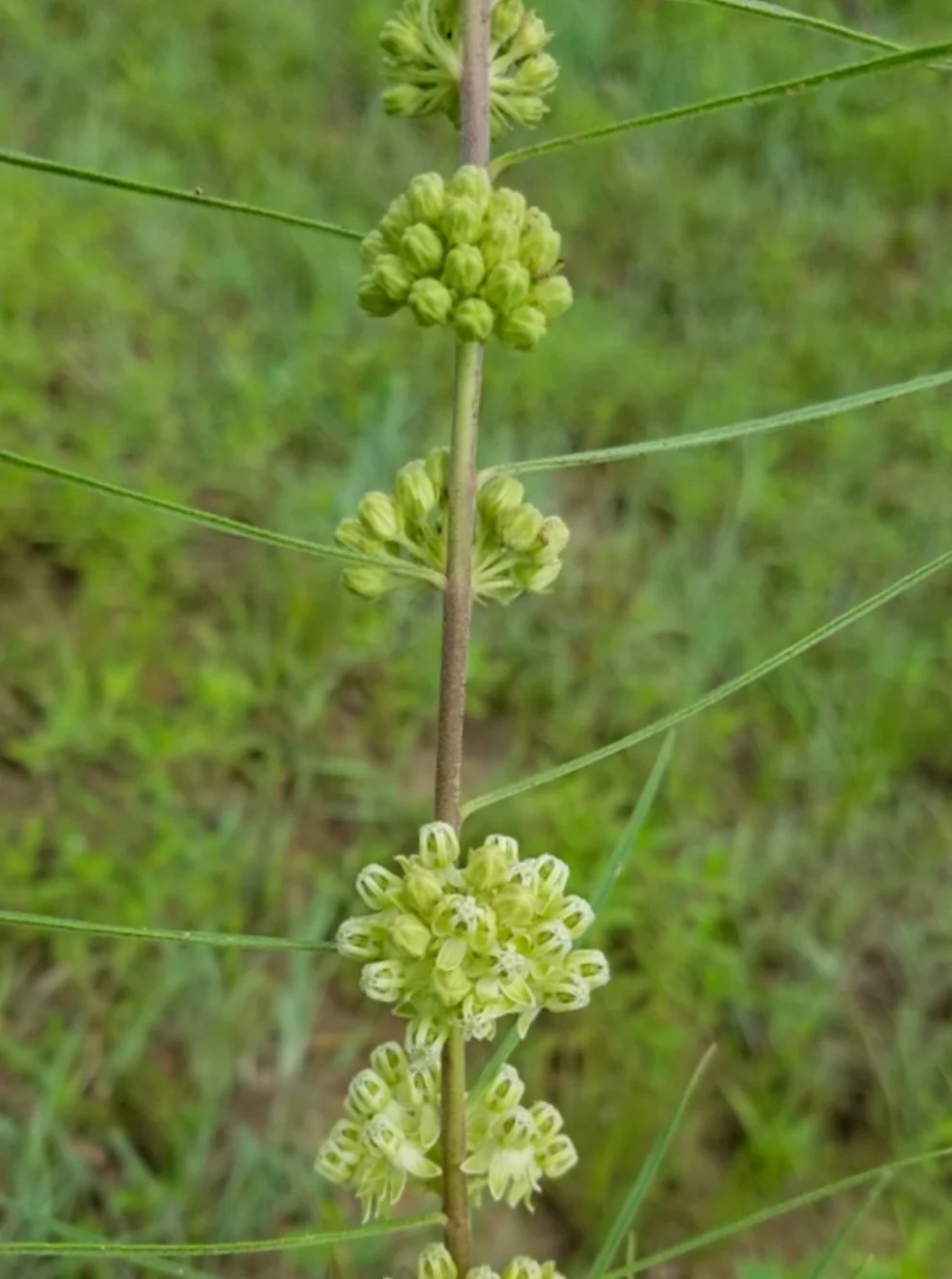 Image 4 of 6
Image 4 of 6

 Image 5 of 6
Image 5 of 6

 Image 6 of 6
Image 6 of 6







Narrow-leaved Milkweed (Asclepias stenophylla)
Narrow-leaved Milkweed (Asclepias stenophylla)
Asclepias stenophylla is the scientific name for a species of flowering plant in the Apocynaceae (Dogbane) family more commonly called Narrow-leaved Milkweed or Slim Leaved Milkweed. In much of its native range Narrow-leaved Milkweed is becoming increasingly rare and is considered to be threatened mostly due to habitat loss. As with all Milkweeds, Narrow-leaved Milkweed is a host for the Monarch Butterfly as well as the relative Queen Butterfly.
Narrow-leaved Milkweed is a perennial plant with a carrot-like root, 3 to 10 cm long. It usually has one or two thin stems with many narrow leaves. Like all milkweeds, it produces a milky white sap that protects it from predation. The leaves are 6 to 15 cm long and 5 to 8 mm wide. Its pale greenish-yellow flowers grow in clusters of 10 to 25 in the leaf axils, on short or barely visible stalks. The flowers have small horn-like parts attached to the hoods, with only their tips free. After flowering, it produces upright, slender seed pods 9 to 12 cm long. It blooms from June to August.
Asclepias stenophylla is typically found in dry prairies, glacial scrub, and gravel prairies, where the soil conditions are well-drained and often rocky. In Minnesota, this species has been observed growing in gravelly soils located at the base of hill prairies, specifically on the south-west facing slopes of these hills. This habitat preference closely mirrors its typical environment in other states, where it is also commonly found in limestone glades and similarly dry, rocky areas.
This species provides a bounty of nectar for all manner of pollinators, from Monarchs, Sulfur, Skipper, and Swallowtail Butterflies to Long and Short-tongued bees, Sweat bees, Mining bees, Potter Wasps, Thin Waisted Wasps, Paper Wasps, Mud Daubers, as well and Hover Flies, Bee Flies, and even Bottleback Flies! If you have sandy, gravely, well drained areas that are otherwise difficult to grow much in, try these combined with Pearly Everlasting (Anaphalis margaritacea), White Sage (Artemisia ludoviciana), Flowering Spurge (Euphorbia corollata), Dotted Blazing Star (Liatris punctata), and Long-headed Coneflower (Ratibida columnifera)
Plant Details:
USDA Zones: 3 - 9
Germination Needs: 30 Days cold-moist stratification
Life Cycle: Perennial
Sun Exposure: Full to Partial
Soil Moisture: Medium, Medium-Dry, Dry
Plant Spacing: 1 - 2 feet
Height: 2 feet
Bloom time: June, July, August
Bloom Color: Green/White
Advantages:
Pollinator Favorite: butterflies, moths, bees, wasps, beetles
Bird Favorite: seeds, insects, fruit, nectar, nesting, perches.
Deer Resistant: Yes
Native to: Illinois, Minnesota, Iowa, Missouri, Arkansas, Louisiana, Texas, Oklahoma, Kansas, Nebraska, South Dakota, Montana, Wyoming, Colorado and New Mexico.
This species is considered present but rare in several counties of the states of Illinois, Iowa, Louisiana, Colorado and Montana.
This species is considered to be extirpated (locally extinct) in several counties of the state of Arkansas.
Seed Count: 12+
.
.
Packet quantities:
We pride ourselves on ethical, hands on, ecological management, using no mechanical or chemical methods whatsoever.
All of our native seed is hand reared, hand-picked, and hand packed from native prairies under our exclusive management, never breaking chain of custody from the field until it is sent to you. Each packet is hand prepared for shipment by us, directly.
Small seed species will contain greater than 20-25 seed
Because of this species rarity and difficulty in sourcing, these packets will be limited to 12+ seed per packet
Large seed species will contain greater than 10-15 seed
All packets are individually marked at the bottom of the front label with expected count, however most if not all packets will have many more than the minimum count by default.
It is our mission to spread the wealth of native plant and pollinator ecological sustainability and educate back yard gardeners as well as corporate and government entities in how to germinate, grow, and benefit from native synergies.
Thank you for your support, it is because of you, that we can grow together to do, what we do. 🐛🦋🐝🐞🌾🌱🌼🧡
Narrow-leaved Milkweed (Asclepias stenophylla)
Asclepias stenophylla is the scientific name for a species of flowering plant in the Apocynaceae (Dogbane) family more commonly called Narrow-leaved Milkweed or Slim Leaved Milkweed. In much of its native range Narrow-leaved Milkweed is becoming increasingly rare and is considered to be threatened mostly due to habitat loss. As with all Milkweeds, Narrow-leaved Milkweed is a host for the Monarch Butterfly as well as the relative Queen Butterfly.
Narrow-leaved Milkweed is a perennial plant with a carrot-like root, 3 to 10 cm long. It usually has one or two thin stems with many narrow leaves. Like all milkweeds, it produces a milky white sap that protects it from predation. The leaves are 6 to 15 cm long and 5 to 8 mm wide. Its pale greenish-yellow flowers grow in clusters of 10 to 25 in the leaf axils, on short or barely visible stalks. The flowers have small horn-like parts attached to the hoods, with only their tips free. After flowering, it produces upright, slender seed pods 9 to 12 cm long. It blooms from June to August.
Asclepias stenophylla is typically found in dry prairies, glacial scrub, and gravel prairies, where the soil conditions are well-drained and often rocky. In Minnesota, this species has been observed growing in gravelly soils located at the base of hill prairies, specifically on the south-west facing slopes of these hills. This habitat preference closely mirrors its typical environment in other states, where it is also commonly found in limestone glades and similarly dry, rocky areas.
This species provides a bounty of nectar for all manner of pollinators, from Monarchs, Sulfur, Skipper, and Swallowtail Butterflies to Long and Short-tongued bees, Sweat bees, Mining bees, Potter Wasps, Thin Waisted Wasps, Paper Wasps, Mud Daubers, as well and Hover Flies, Bee Flies, and even Bottleback Flies! If you have sandy, gravely, well drained areas that are otherwise difficult to grow much in, try these combined with Pearly Everlasting (Anaphalis margaritacea), White Sage (Artemisia ludoviciana), Flowering Spurge (Euphorbia corollata), Dotted Blazing Star (Liatris punctata), and Long-headed Coneflower (Ratibida columnifera)
Plant Details:
USDA Zones: 3 - 9
Germination Needs: 30 Days cold-moist stratification
Life Cycle: Perennial
Sun Exposure: Full to Partial
Soil Moisture: Medium, Medium-Dry, Dry
Plant Spacing: 1 - 2 feet
Height: 2 feet
Bloom time: June, July, August
Bloom Color: Green/White
Advantages:
Pollinator Favorite: butterflies, moths, bees, wasps, beetles
Bird Favorite: seeds, insects, fruit, nectar, nesting, perches.
Deer Resistant: Yes
Native to: Illinois, Minnesota, Iowa, Missouri, Arkansas, Louisiana, Texas, Oklahoma, Kansas, Nebraska, South Dakota, Montana, Wyoming, Colorado and New Mexico.
This species is considered present but rare in several counties of the states of Illinois, Iowa, Louisiana, Colorado and Montana.
This species is considered to be extirpated (locally extinct) in several counties of the state of Arkansas.
Seed Count: 12+
.
.
Packet quantities:
We pride ourselves on ethical, hands on, ecological management, using no mechanical or chemical methods whatsoever.
All of our native seed is hand reared, hand-picked, and hand packed from native prairies under our exclusive management, never breaking chain of custody from the field until it is sent to you. Each packet is hand prepared for shipment by us, directly.
Small seed species will contain greater than 20-25 seed
Because of this species rarity and difficulty in sourcing, these packets will be limited to 12+ seed per packet
Large seed species will contain greater than 10-15 seed
All packets are individually marked at the bottom of the front label with expected count, however most if not all packets will have many more than the minimum count by default.
It is our mission to spread the wealth of native plant and pollinator ecological sustainability and educate back yard gardeners as well as corporate and government entities in how to germinate, grow, and benefit from native synergies.
Thank you for your support, it is because of you, that we can grow together to do, what we do. 🐛🦋🐝🐞🌾🌱🌼🧡
